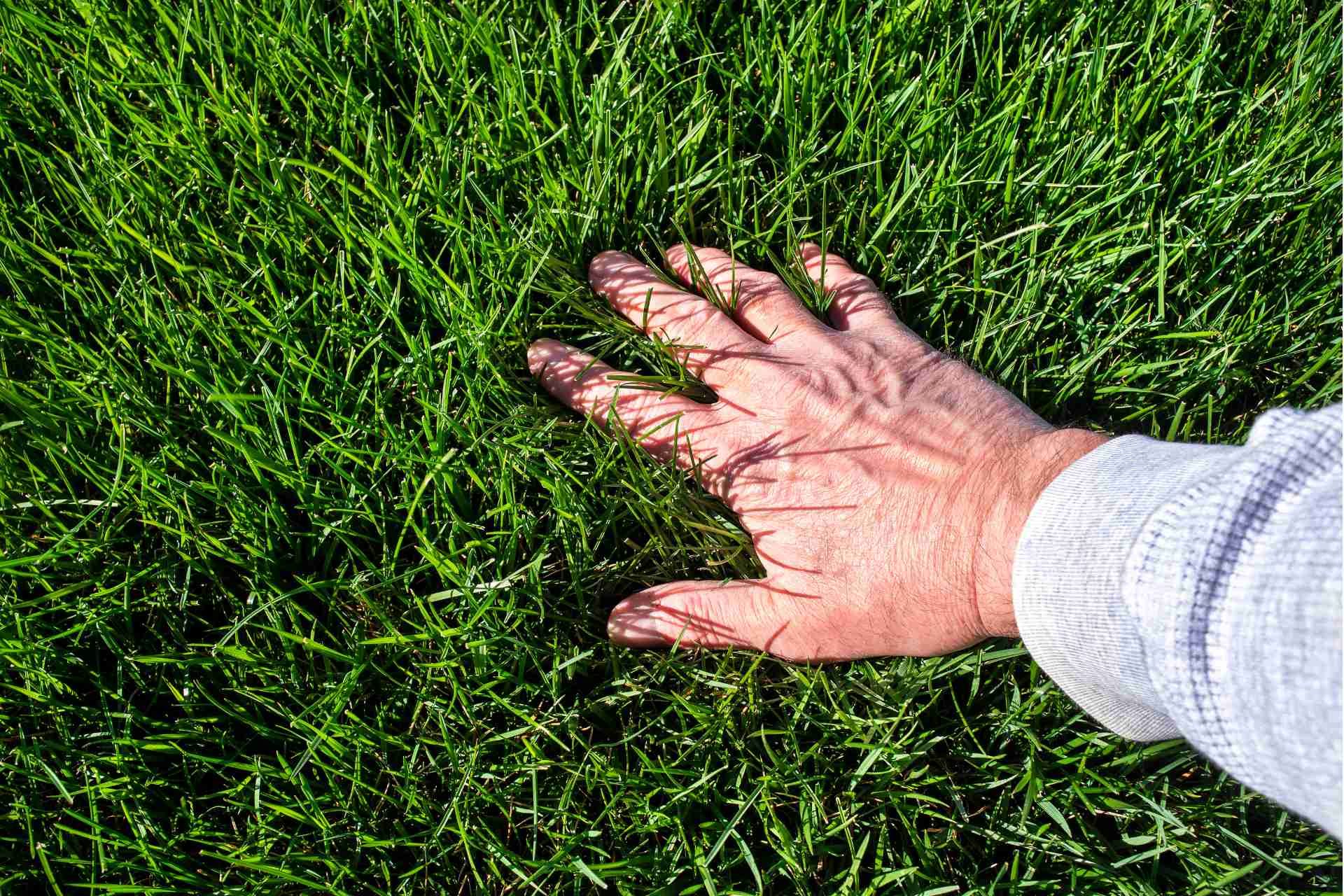How to Improve Soil Quality for a Healthier Lawn

If you want a healthier lawn, improving your soil quality is essential. Start by testing your soil's pH and nutrient levels to understand what it needs. From there, you can amend it with organic matter and practice proper aeration techniques. Choosing the right grass type and implementing a smart watering schedule also play crucial roles. Each step contributes to a vibrant lawn, but there's more to explore about maintaining that health over time.
Test Your Soil Ph and Nutrient Levels
How can you ensure your lawn thrives? Start by testing your soil pH and nutrient levels. This step's crucial because it helps you understand what your lawn needs. You can purchase a soil test kit from a garden center or send a sample to a local lab. Follow the instructions carefully to get accurate results.
Once you have the data, look for your soil's pH level and the nutrient concentrations, such as nitrogen, phosphorus, and potassium. If your pH is off, your grass can struggle to absorb nutrients. Knowing these levels allows you to make informed decisions about what amendments your lawn requires.
Regular testing keeps your soil healthy and supports vibrant grass growth, ensuring your lawn looks its best year-round.
Amend Your Soil With Organic Matter
To boost your lawn's health, amending your soil with organic matter is essential. Organic matter, like compost or well-rotted manure, enriches your soil, enhancing its structure and fertility.
It improves water retention and drainage, making nutrients more accessible to your grass. Start by spreading a layer of organic matter over your lawn, aiming for about half an inch. Work it into the top few inches of soil using a rake or tiller.
You can also mix organic matter into planting beds or around trees and shrubs. Regularly adding organic matter helps maintain soil health, promotes beneficial microorganisms, and fosters a thriving ecosystem.
This simple step can lead to a lush, green lawn you'll love.
Practice Proper Aeration Techniques
Aerating your lawn is a game-changer for soil health. It helps alleviate compaction, allowing air, water, and nutrients to penetrate deeper into the soil.
To start, choose the right time—early spring or fall works best. Use a core aerator to remove small plugs of soil, creating channels that improve root growth. Aim for an aeration depth of about 2 to 4 inches, and space your rows 2 to 4 inches apart.
Don't forget to mark any underground utilities before you begin! After aerating, consider applying a topdressing of organic material to enhance the effects.
Choose the Right Grass Type for Your Region
Selecting the right grass type for your region is crucial if you want a lush, healthy lawn. Different climates and soil types require specific grass varieties to thrive.
For warm regions, consider Bermuda or Zoysia grass, as they handle heat well and resist drought. In cooler areas, Kentucky bluegrass and fescue are better choices, as they flourish in lower temperatures.
Additionally, think about the sun and shade in your yard. Some grasses need full sun, while others tolerate shade.
Research local resources or consult with a gardening expert to find the best options. By choosing the appropriate grass type for your environment, you'll set the foundation for a vibrant lawn that grows strong and withstands regional challenges.
Implement a Smart Watering Schedule
While you may think watering your lawn is straightforward, implementing a smart watering schedule is key to maintaining its health and appearance.
Start by determining how much water your grass needs based on its type and the local climate. Early mornings are the best time to water, as it reduces evaporation and allows grass to absorb moisture throughout the day.
Aim for deep, infrequent watering—about 1 to 1.5 inches per week, including rainfall. This encourages deep root growth and enhances drought resistance. Use a rain gauge to track moisture levels and adjust your schedule accordingly.
Use Mulching to Retain Moisture and Add Nutrients
To keep your lawn healthy and vibrant, consider using mulch as a simple yet effective strategy. Mulch helps retain moisture in the soil, reducing the need for frequent watering. By limiting evaporation, your lawn stays hydrated, even during hot weather.
Moreover, organic mulches, like wood chips or straw, break down over time, adding essential nutrients back into the soil. This natural process enriches your lawn, promoting healthier grass growth.
To apply mulch, spread a layer about 2-3 inches thick around your plants and lawn. Be careful not to pile it against the stems or trunks, as that can lead to rot.
With regular mulching, you'll create a thriving lawn that looks great and requires less maintenance.
Conclusion
By following these essential steps, you can significantly improve your soil quality and create a healthier lawn. Testing your soil, adding organic matter, aerating regularly, choosing the right grass type, and implementing an effective watering schedule all contribute to vibrant growth. Don't forget the benefits of mulching to retain moisture and enrich your soil. With a little effort and care, you'll enjoy a lush, resilient lawn that enhances your outdoor space. Get started today!








